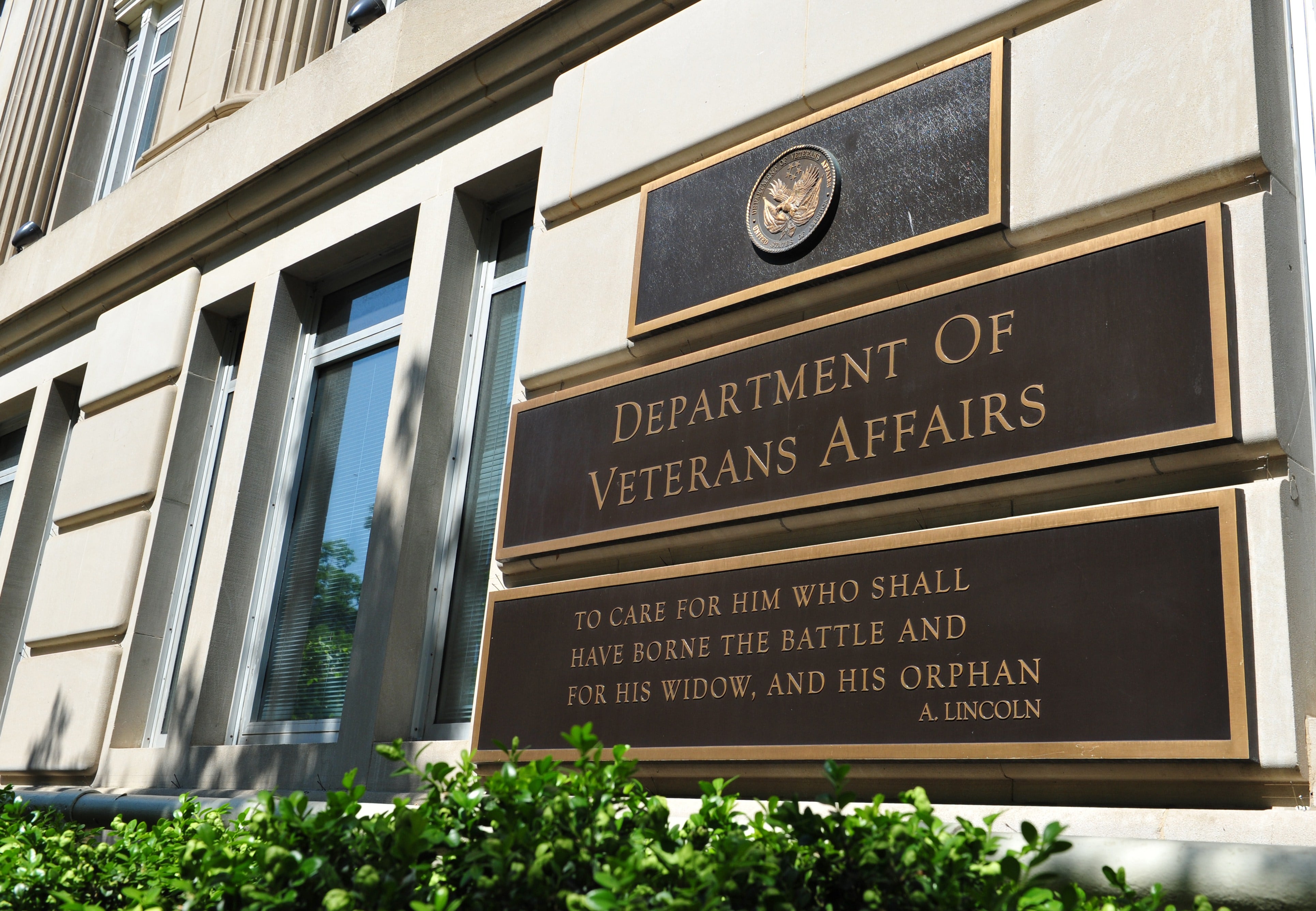When service members hang up their military uniform for the final time, they need a smooth transition into veteran status. For far too long, that has not happened, causing serious problems, particularly in health care and mental health care.
Veterans need and deserve an electronic health records system built in the 21st century. This system should improve communication and coordination among health care providers to ensure better care. Whether it’s a primary care physician, a specialist or a mental health counselor, all members of the health care team need access to read and update a veteran’s records in real-time.
Despite billions of dollars pledged and already spent to overhaul the system, the majority of veterans’ health records are still stuck in an antiquated system.
In 2017, Congress allocated $16 billion to build and implement a modern electronic health records system across the Department of Veterans Affairs’ vast structure of 170 medical centers. The stated goal remains to replace the VA’s outdated, expensive system with a technologically advanced system that can directly and seamlessly interact with the Defense Department’s worldwide system.
The VA has been working to implement the new system for seven years, but it is only operational in six of the VA’s 170 medical centers. At the same time, the DOD now has its new health records system fully deployed worldwide.
Once this crucial project is complete, veterans’ health records can be securely stored and accessed on one platform from the day they enter a military entrance processing station through the entirety of their military service and transition into veteran status. Every medical record can be stored and accessed in the same way no matter where in the world they find themselves. For babies born in military hospitals, this could include records from cradle to grave.
The VA has spun its wheels for seven expensive years, trying to modernize and catch up to DOD. Until that happens, these two systems cannot “talk” to each other. A communications crater continues to exist.
The overly cautious delays must end. Aggressive, focused deployments are needed by regional systems rather than just by individual medical centers. The VA’s 170 medical centers are organized into 18 regional systems, known as VISNs. Each VISN has its own director and executive staff overseeing about 10 VA medical centers. Deploying to a full VISN would more than double what it has been able to do so far.
The DOD’s worldwide rollout of its electronic health records system was also phased, but it was much more aggressive in scope, putting the system online across Europe in one phase.
Now, election-year political theater could threaten further delay or even the unthinkable: abandoning this necessary project altogether. Lawmakers are understandably frustrated by the lack of progress and apprehensive to continue appropriating tax dollars. AMVETS appreciates that the House and Senate Veterans’ Affairs committees take seriously their duty to provide oversight and ensure tax dollars are put to good use.
AMVETS urges lawmakers on both sides of the political aisle to demand progress and an aggressive rollout in the immediate future and to visit the sites themselves as implementation takes place.
But political speeches and threats of pulling the proverbial plug are counterproductive. Every lawmaker in both congressional chambers must share the nonpartisan position that this system must be successfully brought online systemwide.
Failure cannot be an option.
The vast majority of VA’s 9.1 million patients are still in the dangerously outdated 46-year-old Veterans Health Information Systems and Technology Architecture system (VistA). VistA costs about a billion dollars a year to maintain. It isn’t nearly as stable as it needs to be to safely house such important, sensitive records.
The Pentagon is rightfully proud of the DOD’s modern health records system, MHS Genesis, which was deployed over the past seven years with much fewer issues. The VA needs to work even closer with the DOD to make this happen as soon as possible.
Until the new system is running nationwide, we veterans remain stuck with uncertainty and dysfunction.
As the national executive director of AMVETS, one of the nation’s largest and most inclusive congressionally chartered veterans service organizations, I strongly encourage the VA to build upon its recent successes and move urgently to implement an aggressive deployment schedule to bring a modern electronic health records system to all veterans.
Through a resolution passed by AMVETS’ membership at its national convention in August, AMVETS formally urges Congress to ensure the VA is leading and taking swift action to implement a modern electronic health records system for veterans.
History affords few moments to change the dynamics of a situation. Now is that time. We must do better for veterans and their families.
Joe Chenelly is the national executive director of AMVETS, a Marine Corps combat veteran of the wars in Afghanistan and Iraq and a former Military Times staff writer. Find him on X at @jchenelly.





